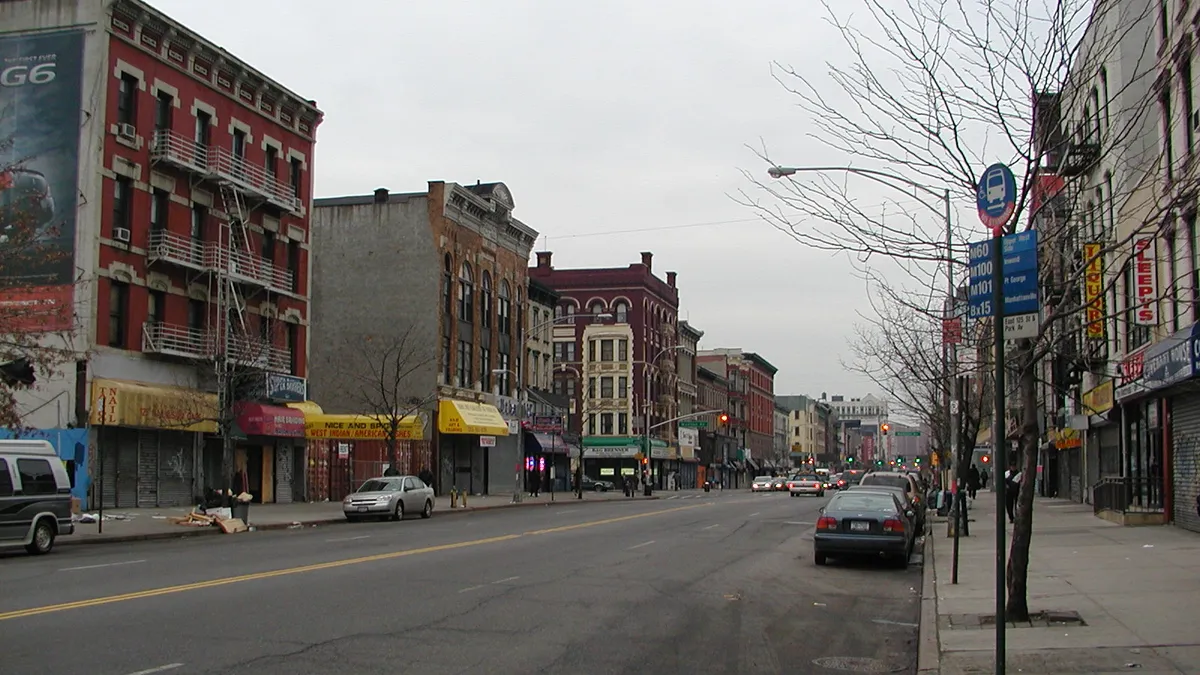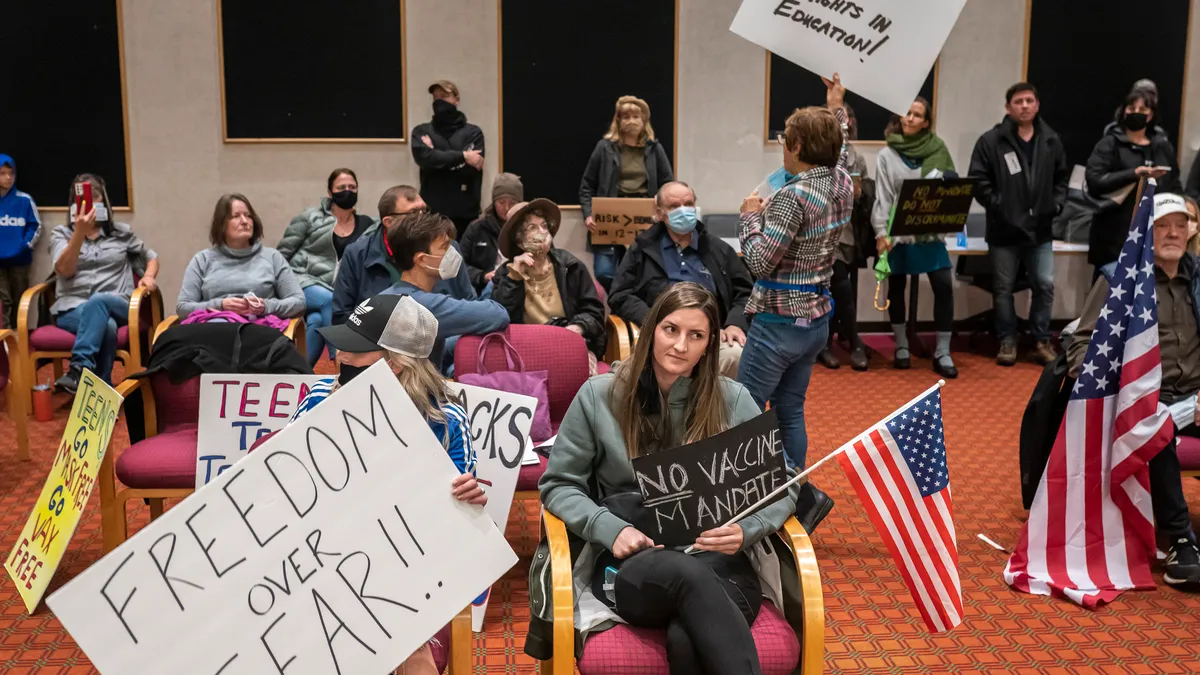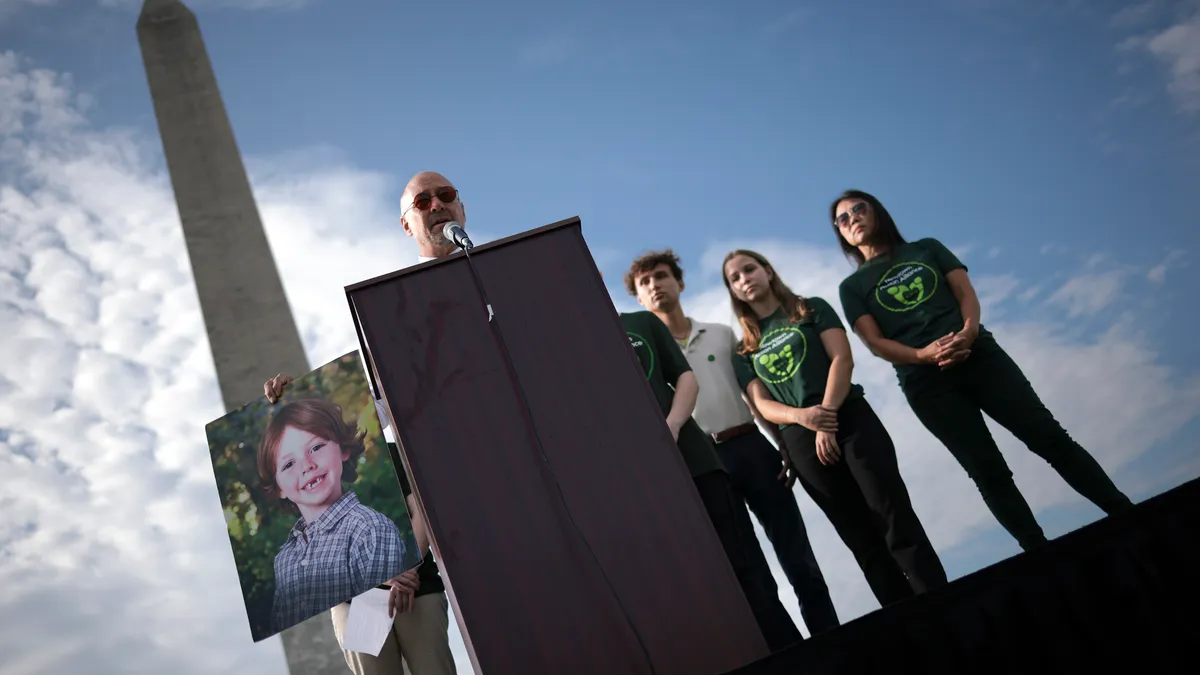Dive Brief:
- Traditional neighborhood schools in Harlem have been losing students to alternatives in the charter or private school sector, even while public schools in the nearby Upper West Side thrive.
- The New York Times reports the Harlem schools serve mostly low-income black and Latino student bodies who perform well below city averages on standardized tests, and the lack of academic improvement creates a cycle of disinvestment in the schools.
- Charter schools in the area have been blamed for aggravating the problems in the traditional public schools, especially considering they have marketing budgets to help attract students, but they tend to have higher test scores, and parents flock to the prospect of better outcomes for their children.
Dive Insight:
While the Brown v. Board of Education Supreme Court decision launched a period of integration in the nation’s schools, segregation has become more entrenched in recent decades, creating a crisis of conscience in some districts. Neighborhood schools models virtually guarantee segregated schools because of housing patterns, but New York City has several examples of fairly gerrymandered school zones that contribute to its segregation problem.
In the abstract, many people believe that integrated schools create better learning environments for students and research studies have routinely shown that academic outcomes are better for students across the race and class spectrum. Actually integrating schools is often complicated and unpopular work, however, that takes strong leadership to achieve.












